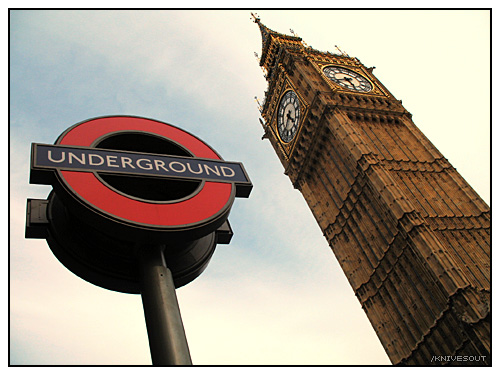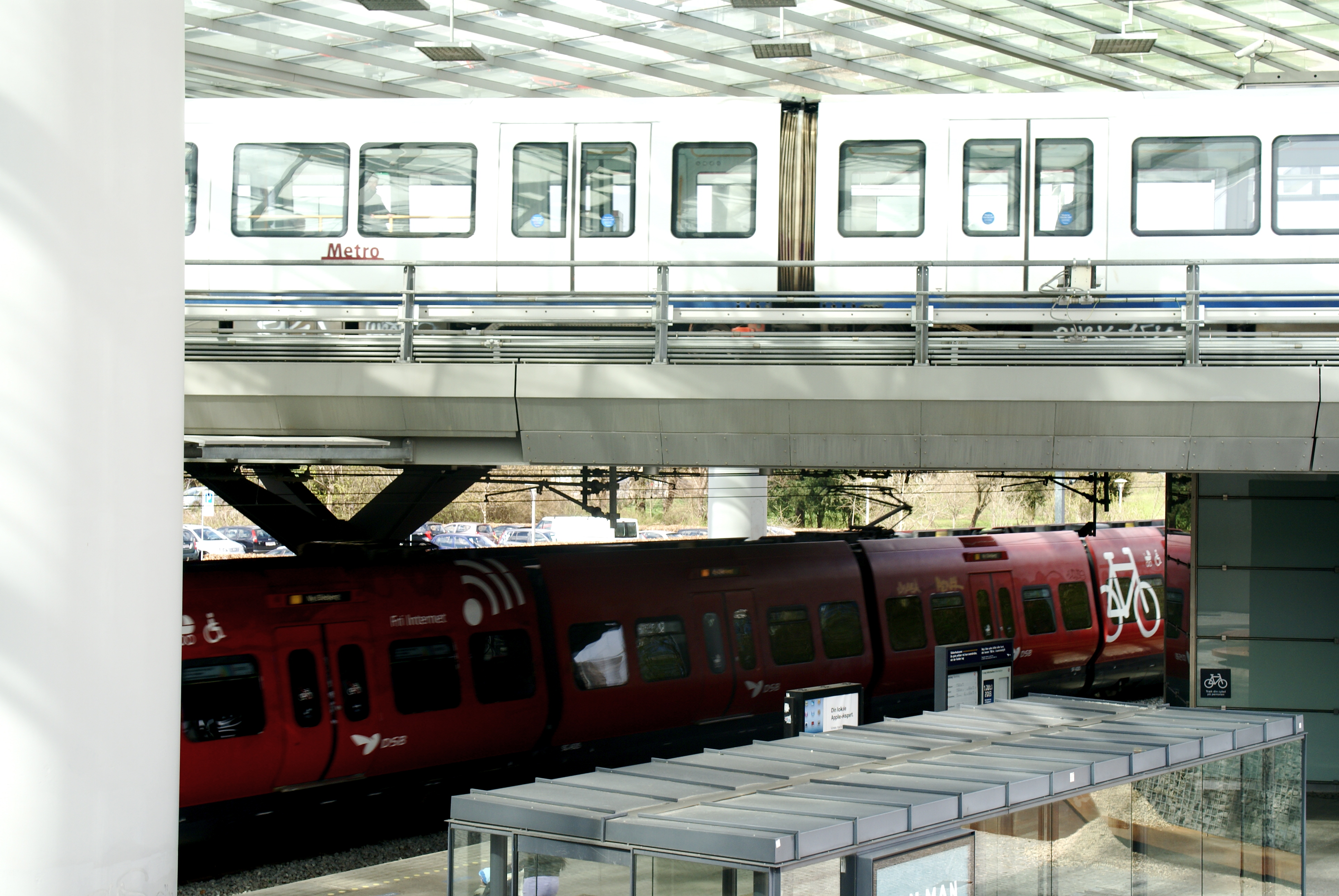By Rebecca Jackson
As London’s launch of its new night tube services is delayed, we compare night-time transport infrastructure in 5 cities and consider the importance of the night tube to allow London to maintain its status as one of the world’s great cities.
London is viewed, like most modern-day cities, as a 24-hour hub of activity, and supporters of the night tube have argued that we need 24- hour infrastructure to support it. The importance of the night tube on London’s night time economy has been heavily emphasised by supporters of the roll out. According to TfL, the night tube will create almost 2,000 new jobs and contribute £360m to the economy:
“Demand for a 24-hour Tube service is clear – late night Tube use has increased at double the rate of day-time trips and Night Bus usage has risen by 173 per cent since 2000. There are already over half a million users of the Tube after 22:00 on Fridays and Saturdays.”
Under the plans for the night tube, services will run 24 hours over Friday and Saturday on five main tube lines: Jubilee, Victoria, Piccadilly, Northern and Central lines. Plans for further expansion are already in place.
But how does London compare with other world cities?
Many major world cities operate late running underground services, particularly at weekends. However when London eventually launches its night tube, it will become one of only seven cities to have ‘around the clock’ underground transportation, either in full or on particular days of the week. The other six are: Copenhagen, Berlin, Stockholm, Sydney, Chicago and New York.
That leaves many other major world cities with transport networks which do not reflect their ’24-hour’ reputations. Cities like Hong Kong, Bangkok, Tokyo, Los Angeles and Paris have more limited night-time transport services but still effectively serve the inhabitants of some of the worlds biggest cities.
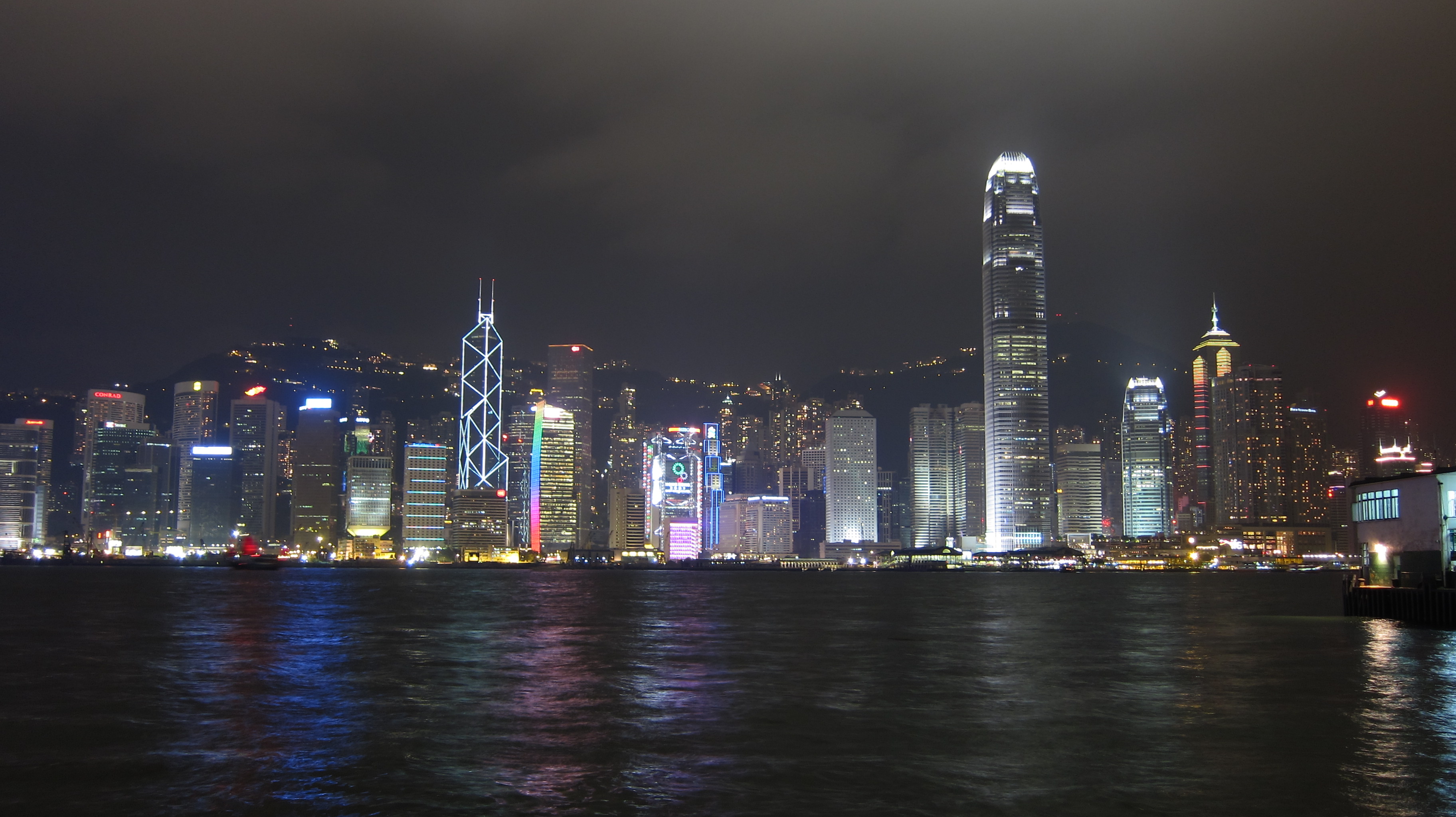
Hong Kong skyline. Creative Commons: Phil Wiffen, 2009
Hong Kong
Hong Kong has a highly developed and sophisticated public transport network which has made it the envy of city planners across the world. However it does not operate a 24 hour transport system, nor are there plans to introduce one.
Hong Kong’s public transport system is supported by 24- hour ferry services, buses, trams and moving public walkways to allow easy travel through the city although few of these run beyond midnight. Underground trains feature below ground 3G, colour coded stations to ease navigation of passengers and an integrated payment system in the form of an “Octopus” card. The equivalent of London’s “Oyster” card, it was the first of its kind in the world and can be used on all public transport in Hong Kong. Tickets cost an average of $14 HKD (£1.18).
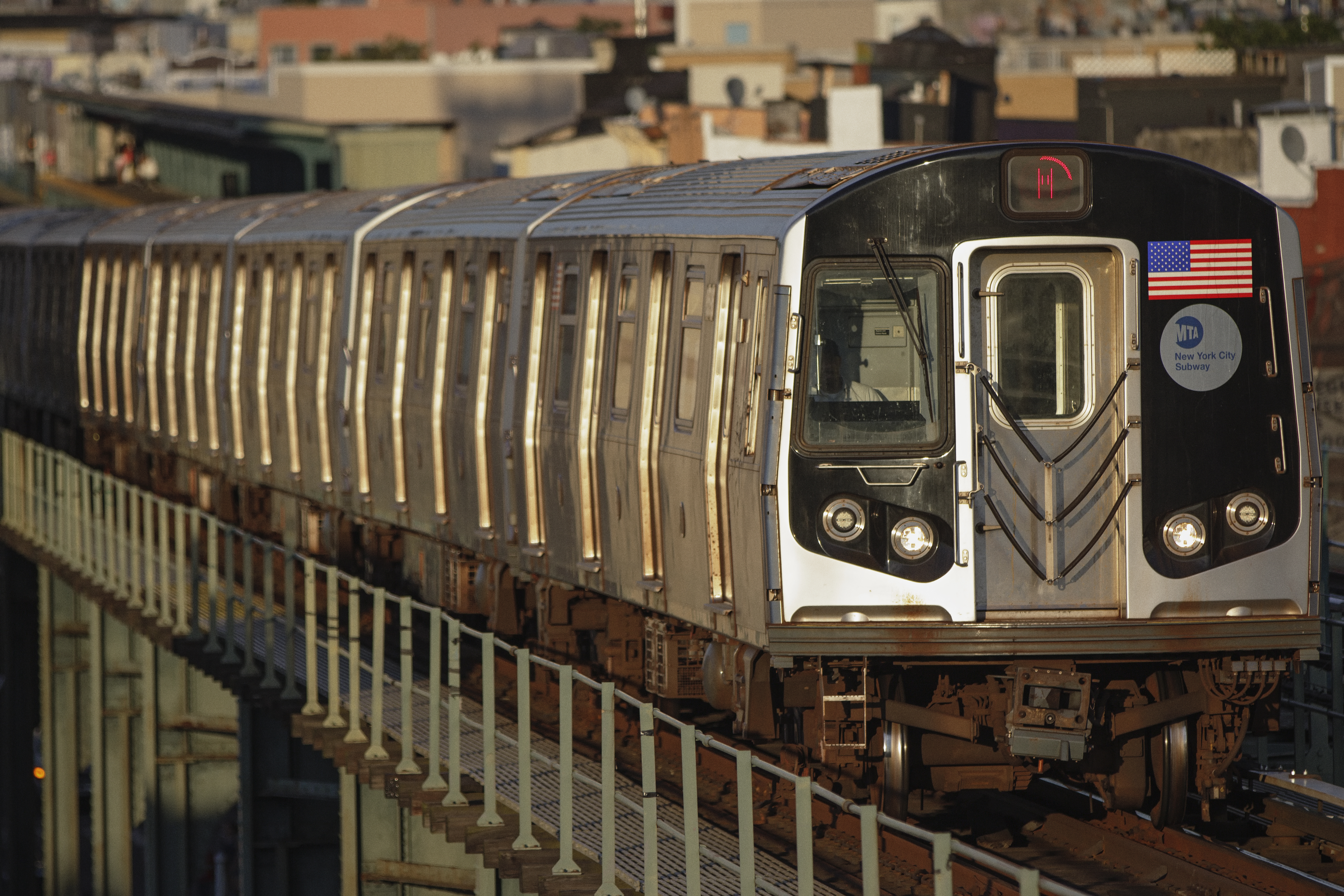
New York. Creative Commons: Michael Tapp, 2013
New York
Hosting one of the largest underground train systems in the world, New York has been committed to offering 24 hour underground transportation since its first trains ran in 1904. It’s total track length spans the distance from Chicago to New York.
Recently they introduced a system which can email commuters details of a delayed journey to work, to justify lateness to employers; they also have an email alert system to inform passengers of delays on selected routes. An average equivalent Zone 1-6 fare in New York would cost $2.75 (£1.76) The London average is £5.10.
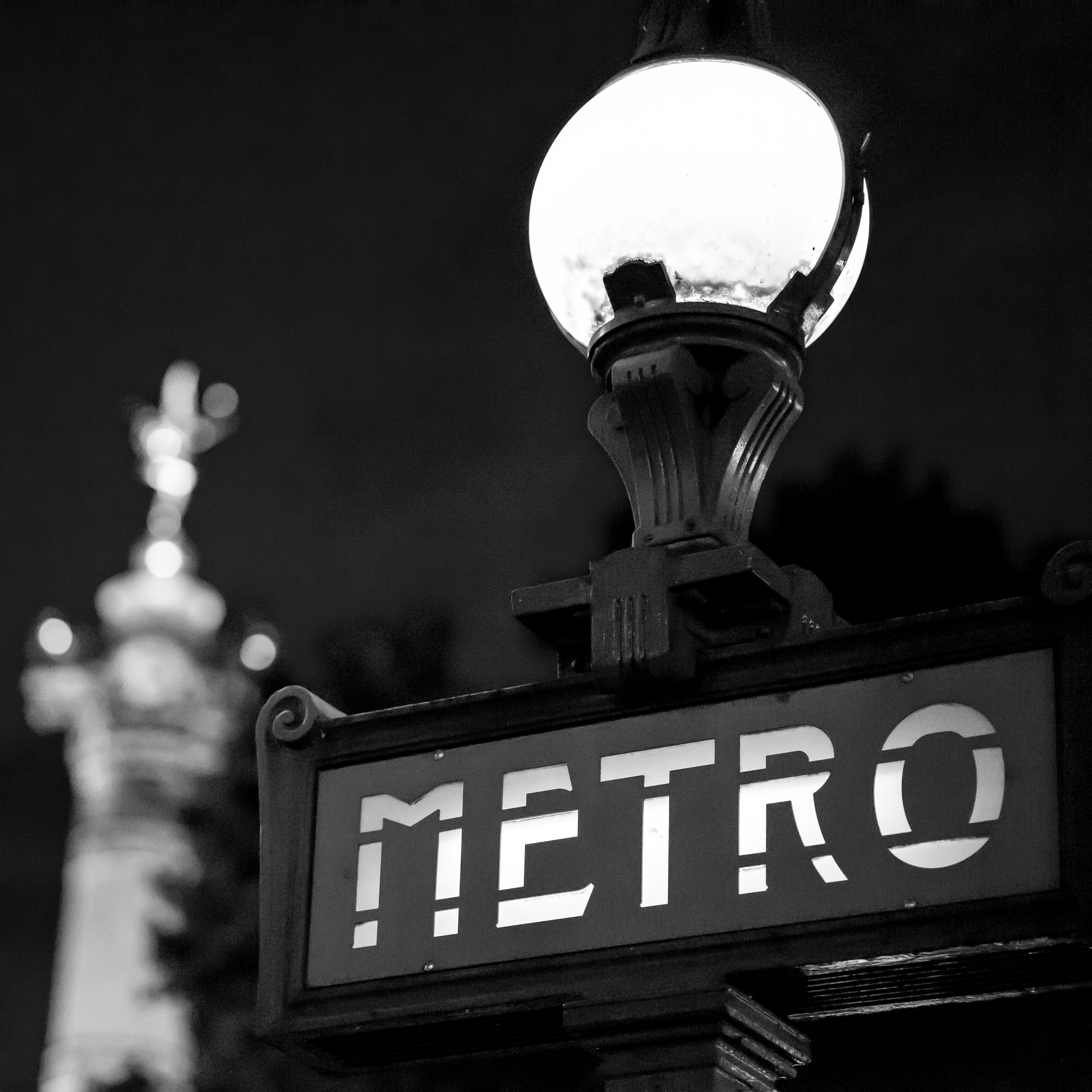
Paris metro sign. Creative Commons: billknock, 2015
Paris
The second busiest subway system in Europe after Moscow, the Paris subway carries an average of 4.2 million passengers a day. Standard operating times are between 05:30am- 01:15am, except Friday, Saturday and nights before national holidays, when services run until 02:15.
There is contemplation in the French capital of whether to introduce a 24 hour service there – the success or failure of London’s scheme will undoubtedly impact on their decision. Paris metro fares are significantly lower than those in London, with tickets in the region of €1.80 (£1.28).
Copenhagen
Not the first city you might think of when looking at transportation in global cities, but in terms of transport infrastructure Copenhagen has one of the best in the world. Their driverless underground system has operated 24/7 since 2002. In addition an S-train system runs from 05:00am- 00:30am daily.
Awarded the “Best Metro” and “Best Driver-less Metro” awards at the 2010 MetroRail congress in London, the Copenhagen system is considered one of the safest, cleanest and most efficient underground lines in the world. An average ticket on this service would cost around 31 Danish Krone (£3.08).
Blueprint for the future
When London’s night tube finally launches, under the branding ‘free the night’, TfL will be keen to stress the unique qualities it will bring to London’s transport system. By making the city accessible for longer, the night tube will place London among a select group of world cities with 24-hour transport infrastructure.
And the success of the programme could prove key to encouraging some of the world’s other largest cities to follow suit, potentially allowing London to provide a blueprint for services which could be emulated across the globe.
Follow us on Twitter to see what developments in public and social policy are interesting our research team.
Read our article How data and smart city infrastructure can support transport planning for more on intelligent mobility and how London is leading the way in the use of data in transport planning.
Share
Related Posts
With information now so accessible, it’s easy to assume that whenever you have a question you can simply tap it into a search engine. But, while the internet and digital search tools are undoubtedly useful for checking basic facts, when ....
By Ian Babelon A new-old concept for proximity “Are we there yet?” Parents may patiently nod to their children’s insistent nudges on a 20-minute journey to… somewhere. Quite rightly, researchers have asked: twenty minutes to what? The answer may well ....
By Hannah Brunton UNESCO’s Global Media and Information Literacy Week 2022 takes place from 24-31 October 2022 under the theme of “Nurturing Trust”, giving governments, educators, information professionals, and media professionals the chance to discuss and reflect on critical issues ....
The World Health Organisation (WHO) has estimated that over 1 billion people are living with some form of disability worldwide – that’s about 15% of the world’s total population. And, with trends in life expectancy and the prevalence of chronic ....

